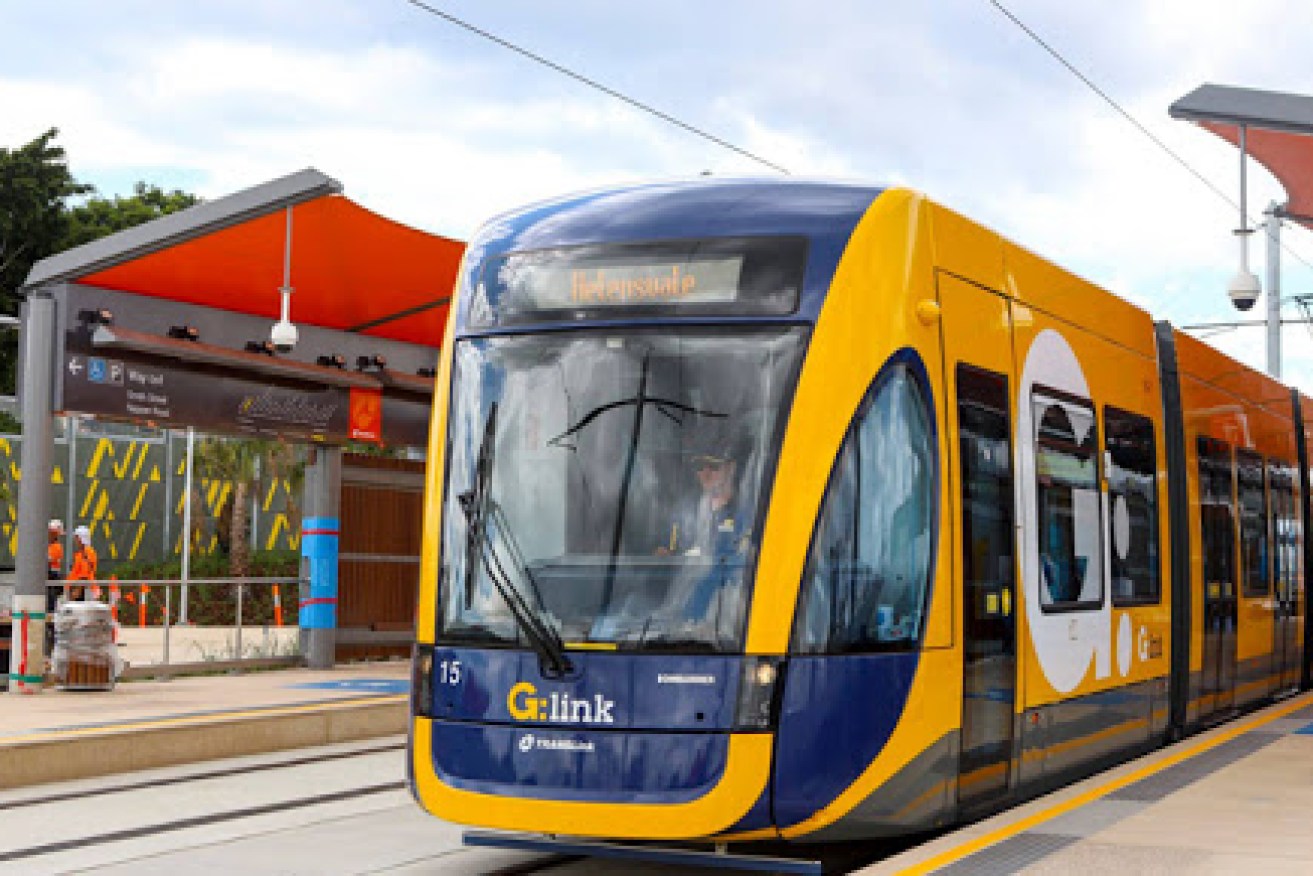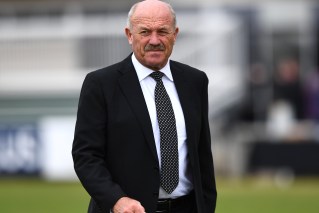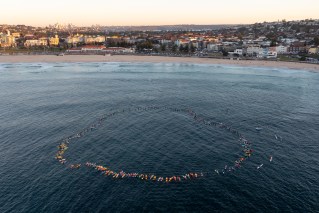Light rail a ‘no-brainer’ but opposition builds to Coast mass transit plan
Sunshine Coast Council is due to start community engagement on its proposed mass transit system in the next few months, touting it as a sustainable transport solution to deal with the region’s growing pains.

Some residents fear a light rail facility would make the Sunshine Coast more like the Gold Coast.
Prominent community groups and some business owners on the Sunshine Coast are ramping up their fight against plans for a mass transit project, fearing it will turn the region into a city like the Gold Coast.
Sunshine Coast Council is due to start community engagement on its proposed mass transit scheme within months, touting it as a sustainable transport solution to deal with the region’s growing pains.
Council is considering several options for an integrated transport network, including road network upgrades, rapid bus transport and a light rail mass transit network.
That is proving to be a tough sell with locals like Neil Raaschou who has owned the local surf shop, along Alexandra Parade, for almost two decades.
Raaschou said he had spoken with hundreds of customers within the local surfing community.
“I’ve not come across one person that supports this light rail project,” Raaschou said.
“There’s no benefit to the community in taking parking away, destroying the natural beauty of this area, and making it less desirable for people to holiday at Alexandra Headland and Mooloolaba.”
Transit system designed to help rapid population growth
The light rail system is likely to operate along the coastal corridor between Maroochydore and Caloundra, to help the region cope with a population boom of 200,000 people by 2041.
Tracey Goodwin-McDonald from the Mass Transit Action Group, known as M-TAG, said many residents are opposed to the plans and want to ensure the region’s laidback coastal lifestyle is maintained. “People feel that will be an absolute destruction of their lifestyle,” Goodwin-McDonald said.
“And they are concerned it will turn us into the Gold Coast.”
Goodwin-McDonald said she was concerned not enough information had been released to allow residents to be fully informed ahead of the project’s community engagement.
“They [council] are yet to release all of the documentation on this ‘Options Analysis’,” she said. “So we cannot go to public consultation until we see that document and see what’s included in it.
“All of the earlier documentation was about light rail and the densification of the corridor, we’re now being told that they are not fixated on light rail that is all about Options Analysis.
“So it’s quite a dramatic verbal and narrative shift by the council.”
Beach Matters’ Rachael Bermingham said her members were concerned the project will see an increase in high rises and densification.
“We have something very unique here, we are a beach side community, this is our lifestyle,” she said.
“We did a survey just recently and over 94 per cent of people that actually participated in that poll said that they absolutely do not want light rail along the beachfront communities. “We don’t want to be the Gold Coast, we’re the Sunshine Coast.”
Council said the project presents an opportunity to “enhance” areas in the coastal corridor, but it did not mean “extensive areas of high-rise buildings”.
“Residents and visitors will soon have a chance to provide feedback on the proposed public transport options,” a spokesperson said.
Council’s website on the project said the engagement process would also “seek inputs to local land use planning opportunities”.
Griffith University’s Cities Research Institute Associate Professor Matthew Burke said a mass transit system was long overdue on the Sunshine Coast. “It’s a no brainer,” Burke said.
“When cities get over 300,000 people, they tend to invest in a major public transport spine for the city.
“Now that Canberra has a light rail system, the Sunshine Coast is the largest city pretty much in Australasia [without a mass transit system].”
The Transport Innovation and Research Hub Chair said he believed advancing technologies like trackless tram systems, already in use in China, could be a good option.
“It appears to offer the benefits of of what light rail would offer, without having to dig up Maroochydore town centre,” he said.
“It could stack up on the on the Sunshine Coast and we now have a business case looking at trackless trams for a corridor in the south of Perth.”
Burke said funding would be the biggest hurdle facing a mass transit project in the region.
“It’s all about convincing Infrastructure Australia that this is worth investing in,” he said.
“And convincing State and Federal government to come forward with funding.”
Burke said the Gold Coast light rail project had been a huge success.
“It’s been one of the most stable, quite boring success stories in Australian public transport history — it’s going well, it’s getting plenty of patronage,” Burke said.
The Queensland Government has committed $7.5 million to business case for the Sunshine Coast Mass Transit project which is expected to be delivered next year.
Burke said the region needs to be planning for a city 20 years from now.
“Which is going to have hundreds of thousands more people and they’re not going to be continuing to spread into the hinterland as much,” he said.
“Whether the light rail will trigger massive towers in the sky I think that’s a bit facetious.
“I think it would encourage densification around stations but that’s likely to be of a modest density … we might see a lot more of the two, three and four-storey.”
– ABC / Amy Sheehan












